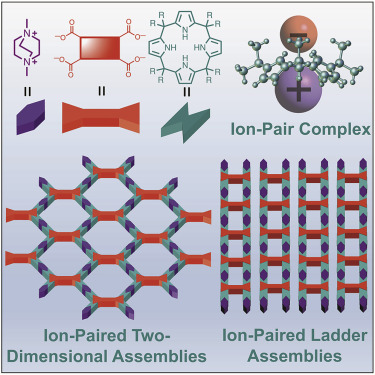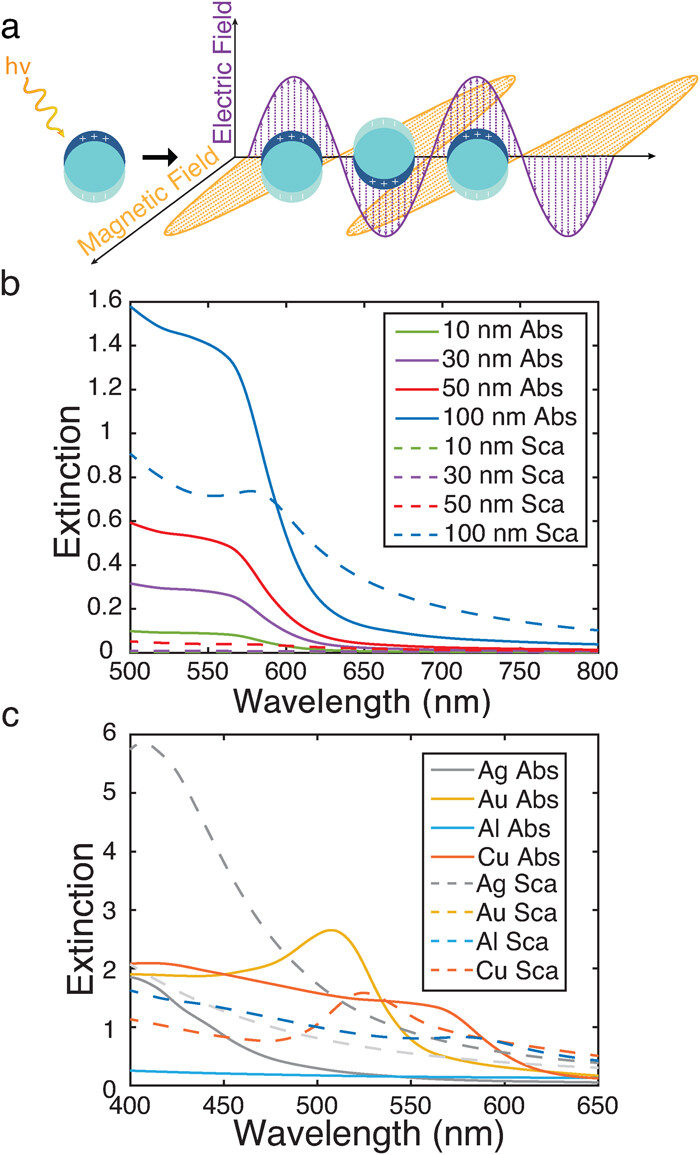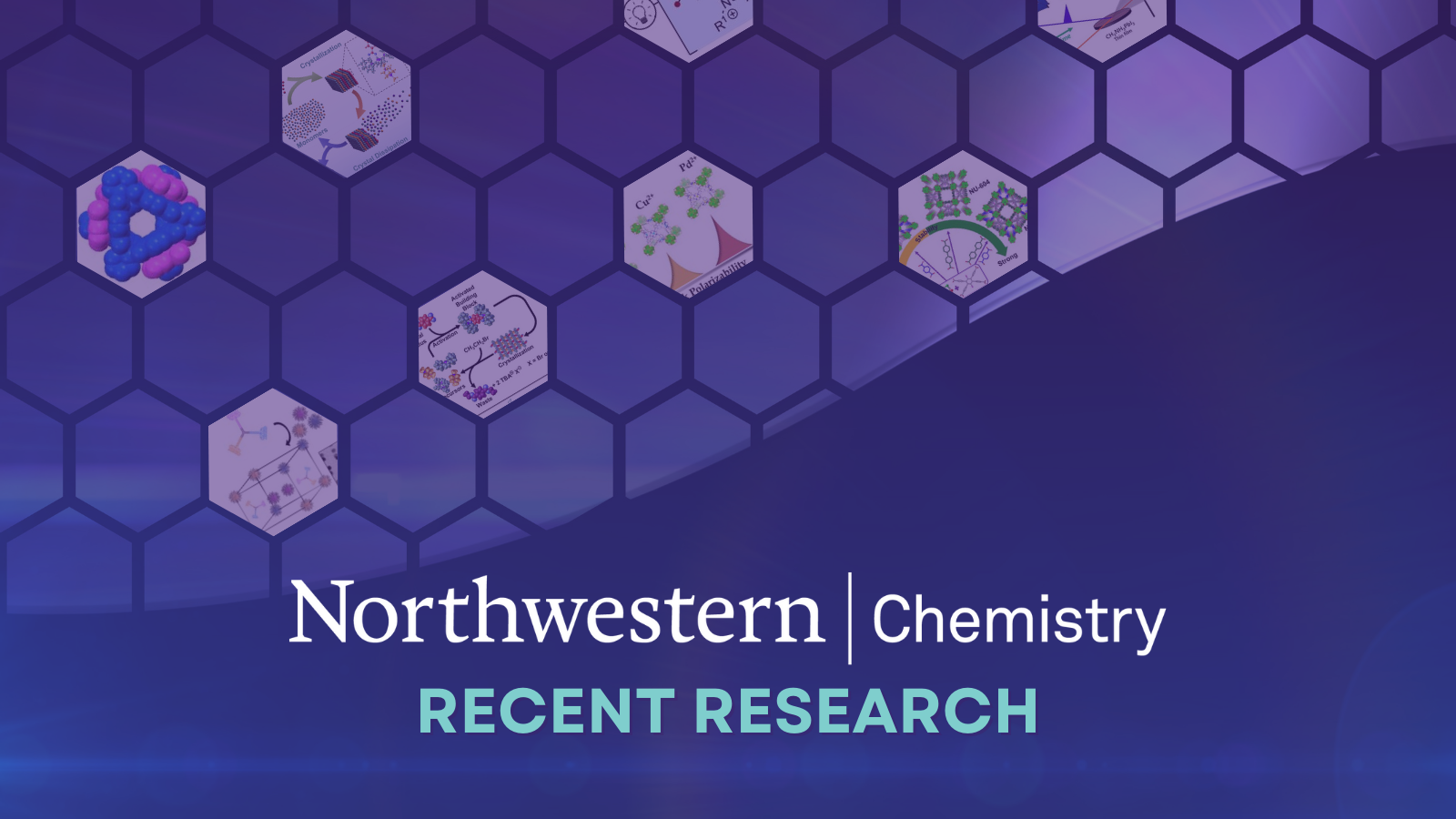
The Dichtel group describes a new method for designing molecular frameworks using ion-pair receptors, specifically calix[4]pyrroles, which can orient cations and anions with specific binding geometries in solution and solid state. This orientation is used to assemble extended arrays of ion pairs into highly tunable and modular 2D layered crystals or 1D ladder polymers. These assemblies maintain their crystallinity and porosity even after the removal of solvent. This work also demonstrates the use of these assemblies to obtain single crystals of a 2D framework based on tetrathiafulvalene building blocks, which were characterized using transient electron paramagnetic resonance spectroscopy. The findings suggest that calix[4]pyrrole assemblies can be a versatile class of supramolecular frameworks for organizing functional organic subunits into designed solid-state structures. Chem 9, 1 (2023)
|

The Swearer group discusses using light to drive important chemical reactions using metal nanoparticles. This is more sustainable than using petroleum and can unlock electronic contributions to reactions. They review surface science research and modern studies on hot carrier photochemistry, and new materials like metal nanoparticles that can maximize hot carrier generation. The article explores questions about energy transfer, catalyst design, and scaling up beyond the lab, with a focus on sustainable reactions. J. Appl. Phys. 132, 230901 (2022)
|

